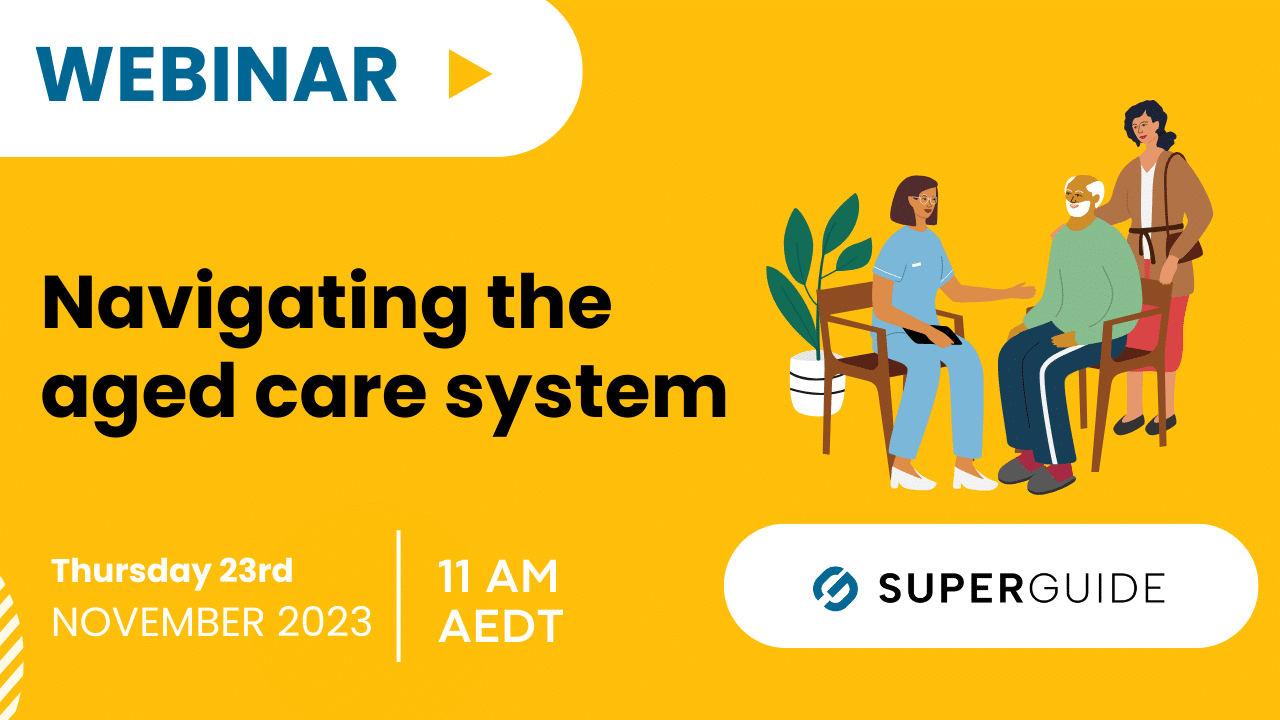The introduction of a minimum two-hour shift for casual and part-time workers could cause people to rethink managing their own home care package or pay for care privately.
It could also push people towards residential aged care earlier than planned.
This is because government-subsidised home care packages delivered via approved providers are a limited budget of money allocated to an individual.
The highest-level home care package is about $52,000. A self-funded retiree could be expected to contribute up to $11,700 as an income-tested fee.
Learn more about how to arrange a home care package and the costs.
Background: From 1 July 2022, the minimum payment for casual and part-time home care employees increases from one hour to two hours. This and other changes were handed down by the Fair Work Commission in January 2022 as part of its four-yearly review of the Social, Community, Home Care and Disability Services Industry Award 2010.
Introducing a two-hour shift for casual and part-time workers – a large part of the aged care workforce – could eat into package funds at a high rate without providing all the necessary care.
It could also make working for a provider less attractive – just at a time when providers are struggling to meet demand. Casual workers often like the flexibility of shorter shifts as well as some penalty allowances.
There are plenty of home care tasks that can be delivered quickly and efficiently, which can stretch a budget sufficiently that someone can stay at home.














